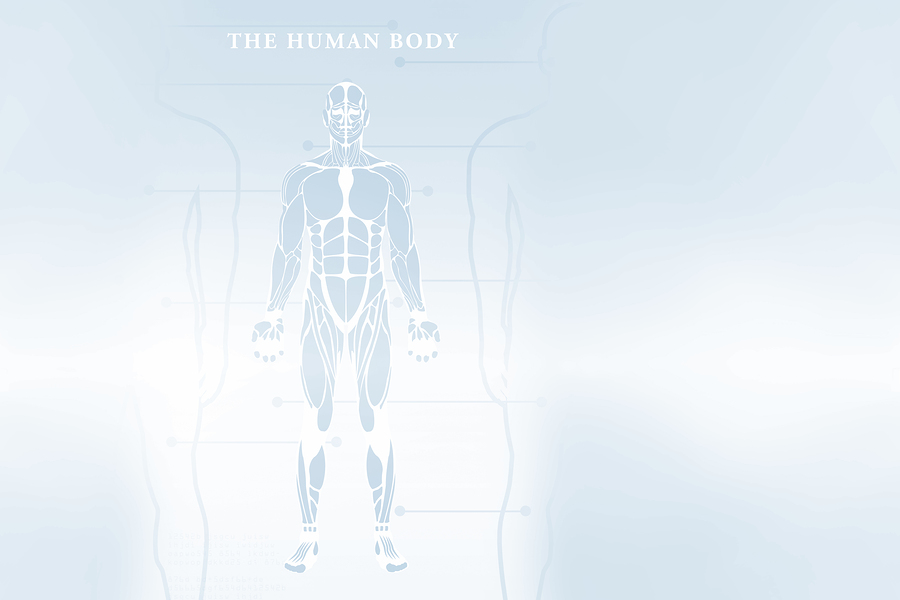
Measuring free fatty mass with BIA equations
Body weight and body mass index (BMI, kg/m2) are two major measurements used to establish body composition and degree of underweight or overweight. However, according to a group of Italian researchers, these gold standards turn to tin with severely malnourished patients, such as those with anorexia nervosa (AN). Dual energy x-ray absorptiometry (DXA) represents a gold standard but is not always available; BIA is more available but seen a less valid. Could better equations to calculate BIAS results help? (Nutr Clin. 2017; http://dx.doi.org/10.1016/ clnu.2017.07.016, published online).
One such technique uses DXA. Dr. Maurizio Marra and colleagues at Frederico II University, Naples, Italy, evaluated several BIA equations to determine how accurately they could estimate body composition among patients with AN. Their study group included 82 AN patients with restrictive-type disease (ANr) who were attending the outpatient clinic at the authors’ university. All underwent whole-body DXA scans with two x-ray beams at different energy levels to measure free fatty mass (FFM, or lean body mass plus bone mineral content) and fat mass (FM). BIA was performed and then various approaches to analyzing the results were examined.
Results: BIA measurements underestimated FFM
On average, all the BIA equations significantly underestimated DXA-derived FFM values. Overall, DXA was more accurate than BIA, which in turn gave a more accurate picture than BMI. The authors underscore the need to develop disease specific methods for analyzing BIA results as a way to make them more useful.

